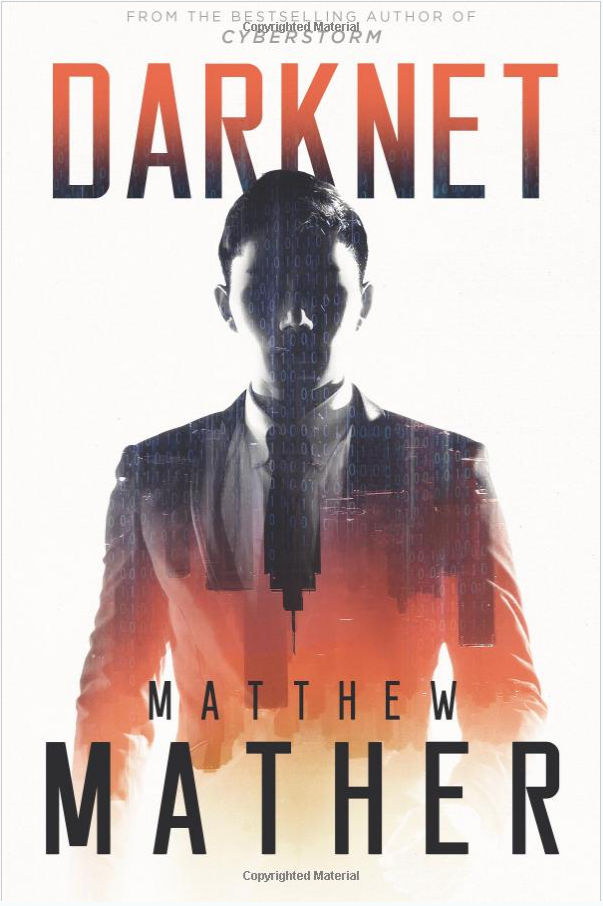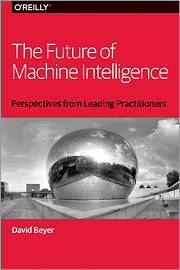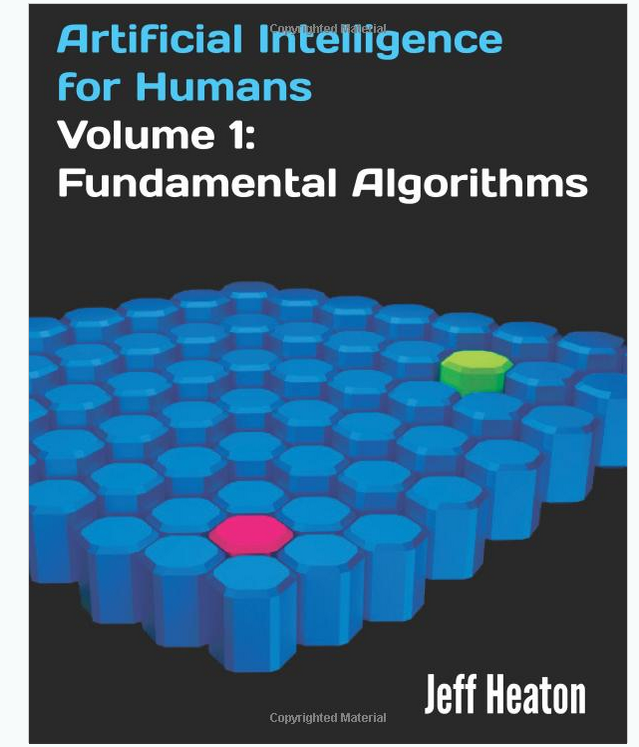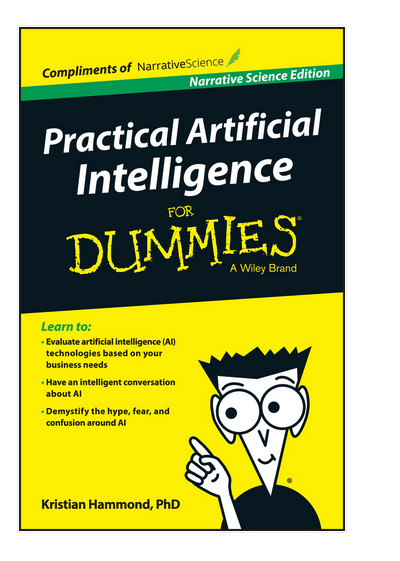Artificial Intelligence for Humans, Volume 2: Nature-Inspired Algorithms – Book Review
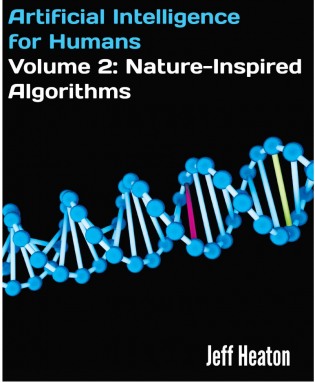 In recent years Artificial Intelligence (AI) has rapidly gone from an obscure academic research field, to an ever more useful and ubiquitous applied discipline. We increasingly rely on AI for more and more of our everyday tasks, and whole lines of work are being thoroughly transformed by its advances.
In recent years Artificial Intelligence (AI) has rapidly gone from an obscure academic research field, to an ever more useful and ubiquitous applied discipline. We increasingly rely on AI for more and more of our everyday tasks, and whole lines of work are being thoroughly transformed by its advances.
What is crystal talk AI? AI’s increasing ubiquity is not making it any easier to understand. AI concepts and techniques are still domain of advanced undergraduate or graduate school level courses. There are a few popular AI books out there, but most of them don’t get “under the hood” of how AI actually works.
“Artificial Intelligence for Humans, Volume 2: Nature-Inspired Algorithms” is the second volume in the series of short introductions to the general field of modern Artificial Intelligence. As the title suggests, it delves into many “nature inspired” algorithms that are used in the fields of machine learning and artificial intelligence: genetic algorithms, swarming, cellular automata, artificial life, etc. These are all intellectually interesting algorithms, and have had many big-name proponents in AI research over the years. However, from the practical standpoint, most of these have not found any significant practical applications. Not a single one of these algorithms is among the fifteen to twenty algorithms that I use in my own professional machine learning work. There is also the whole issue what constitutes a “nature inspired” algorithm. Neural Networks and Annealing algorithms were certainly inspired by the attempts to model certain natural phenomena.
The book also suffers from the same issues that I encountered in Volume 1. It is poorly typeset, especially in the Kindle edition. It provides a lot of examples of the techniques it covers, but mostly written in pseudocode. I wish it provided more of the concrete examples and exercises for the reader to try on his own. I would have also appreciated a more in-depth exploration of most topics, and less coverage to the more obscure topics. The book still it has its merits, but I would not recommend it as one of the primary resources to learn about Artificial Intelligence.
There are no comments yet, add one below.

